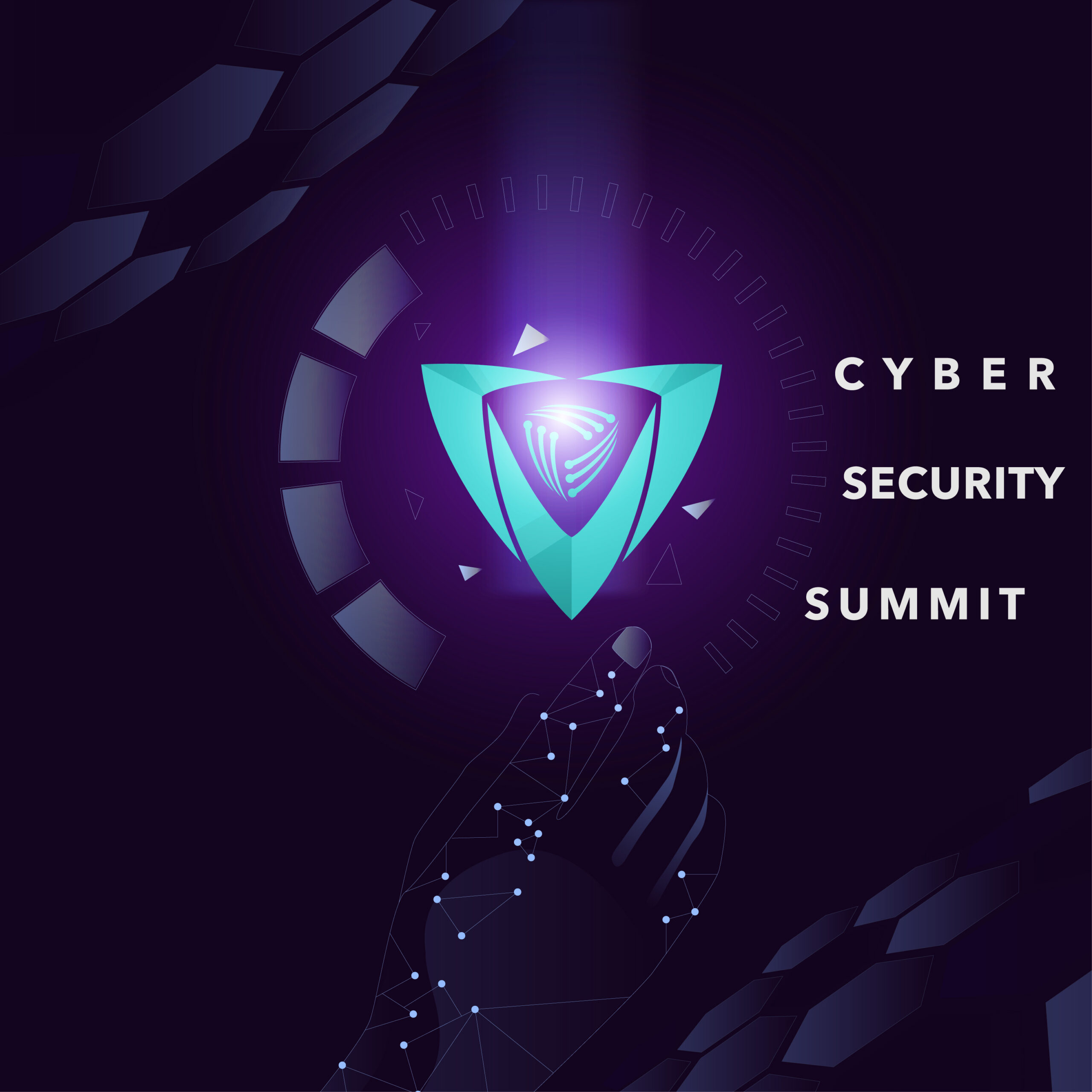Identity authentication is the process of verifying that a user is who they claim to be before granting access to a digital service, system, or network. It relies on credentials, authentication methods, and verification mechanisms like tokens, biometrics, or multi factor authentication to prevent unauthorized access, phishing attacks, and data breaches.
Authentication methods are categorized by how users verify their identities—through knowledge, possession, or biometrics. These methods form the foundation of access control and cybersecurity defense.
Here are six widely adopted types:
Depending on the factors used, there are a few different types of authentication systems:
Source: OneLogin
MFA and 2FA reduce the risk of account compromise by requiring more than just a password to log in. These authentication methods stop attackers even if credentials are breached or stolen.
Multifactor authentication layers user credentials with biometric or hardware verification, enhancing identity and access management across endpoints. It helps authenticate securely even in high-risk environments.
2FA includes two specific steps to log into a system, typically a password and a time-sensitive verification code. Tools like OneLogin 2FA, One Identity Enterprise Defender, Duo Mobile, Google Authenticator, or SMS codes are common implementations. These may include other authenticator apps.
Biometric authentication verifies identity using physical traits, providing fast and reliable login without passwords. It strengthens authentication to access endpoints and prevents impersonation.
Enterprises use biometric authentication systems like fingerprint readers and facial recognition to reduce reliance on traditional credentials. These are deployed on mobile devices, smartcards, and secure endpoints.
The most secure authentication method uses multiple layers—such as biometrics, encrypted tokens, and hardware-based credentials—to validate identity. Cryptographic techniques like token signing and public key exchange further ensure secure authentication.
Remote teams benefit from multi factor authentication tools like YubiKey, VPN-integrated login systems, and token based authentication. These methods protect against phishing and credential reuse on compromised networks.
OneLogin (by One Identity) offers centralized identity management with SSO, MFA, and robust authentication settings. It supports end users and admins with flexible authentication options and secure access enforcement.
Using modern AI predictive techniques, OneLogin represents one of the most advanced identity authentication solutions out there.
Source: OneLogin
Upgrade your authentication and authorization system when you detect breaches, repeated unauthorized login attempts, or legacy authentication protocols. Logging, endpoint protection, and token lifecycle management should be reviewed regularly.
Basic authentication lacks encryption and sends login credentials in plaintext. Replace it with OAuth, or OAuth 2.0, OpenID Connect, or a token-based authentication feature for modern and secure access control.
Weak authentication increases exposure to attackers exploiting phishing, malware, or brute force techniques. This leads to unauthorized access, data breaches, and compromised user accounts.
Consider your identity and access management (IAM) policies, endpoint requirements, and application architecture. Use cases such as cloud-based apps, VPN access, and mobile login determine the authentication mechanism to deploy.
Put your brand and expertise in the spotlight with one of our carefully crafted sponsorship packages. Whether it be a speaking role, a delegate package for your team, logo exposure, or the opportunity to bring your current and potential clients along to the event, we have got you covered with something that will genuinely help you get deals done at our events.
Join us in uniting for a safer tomorrow!
